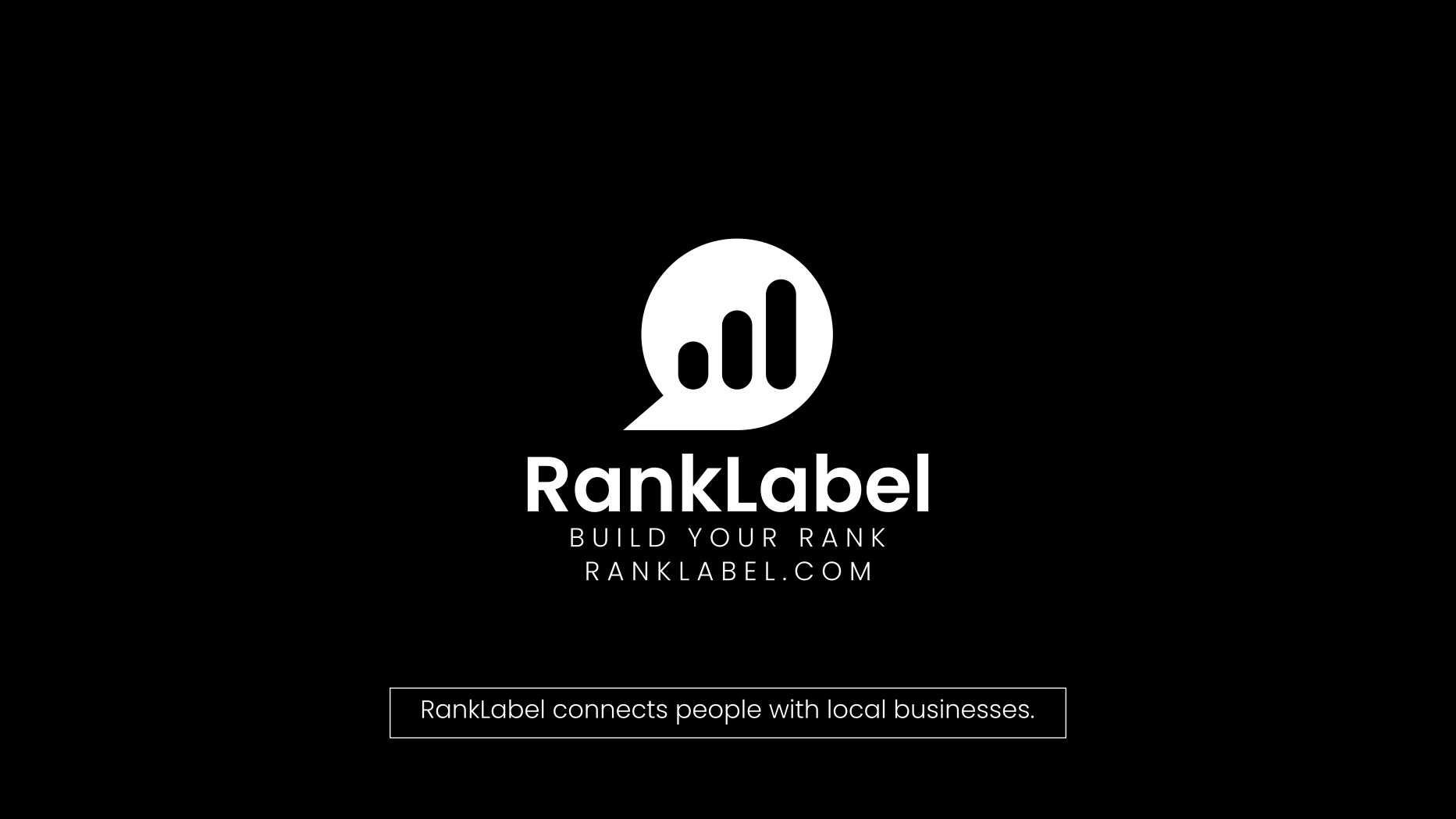Mastering 3D Printing: From Detailed Miniatures to Functional Parts

The world of 3D printing offers a versatile platform for creating everything from intricately detailed miniatures to robust functional parts. Whether you're a hobbyist looking to produce high-quality 3D prints of miniature models or a professional seeking flexible 3D printing solutions for functional part production, the advancements in this technology are reshaping how we create and innovate.
The Revolution of 3D Printed Miniatures
3D printing technology has revolutionized the production of miniatures, bringing unprecedented detail and speed to the creation of tiny, complex figures. This method not only enhances the quality of the miniatures but also allows for customization previously unattainable in mass production.
Benefits of 3D Printing for Miniature Production
Utilizing 3D printing for producing miniatures offers several distinct advantages. These include reduced costs, high customization options, and the ability to replicate intricate details with precision.
Key Advantages of 3D Printed Miniatures
- Cost-effectiveness: Reduces the need for expensive molds.
- Customization: Enables personal modification to designs.
- Detail: Achieves high-resolution details not possible with traditional methods.
- Speed: Allows for rapid prototyping and production.
These benefits make 3D printing a preferable choice for hobbyists and professionals alike who are engaged in the production of highly detailed models such as gaming miniatures, model train figures, and more.
Ensuring High-Quality 3D Prints
Achieving high-quality 3D prints is pivotal for both aesthetic appeal and functional utility. The precision of a 3D printer, the materials used, and the printing technique all play critical roles in the final product quality.
Factors Influencing the Quality of 3D Prints
To secure high-quality outcomes in 3D printing, several factors must be managed meticulously. This includes the 3D printer’s resolution, the type of material used, and post-processing techniques.
Essential Factors for Top-Quality 3D Printing
- Printer Resolution: Higher resolution printers capture finer details.
- Material Quality: Premium materials yield better results and durability.
- Layer Height: Smaller layers create smoother finished surfaces.
- Post-Processing: Techniques like sanding and painting enhance the final look.
Understanding and controlling these factors are crucial for anyone looking to produce professional-grade prints, whether for artistic display or practical application.
Flexible 3D Printing Techniques
Flexibility in 3D printing not only refers to the materials that can bend and stretch but also to the adaptability of the printing technology itself. Modern 3D printing embraces a variety of techniques to suit different project requirements.
Exploring Different 3D Printing Technologies
From Fused Deposition Modeling (FDM) to Stereolithography (SLA), each technique offers unique benefits and is suited to different types of projects.
Overview of Popular 3D Printing Methods
- FDM: Cost-effective and great for basic proof-of-concept models.
- SLA: Provides superior detail and finish quality.
- SLS: Ideal for complex geometries and strong, functional parts.
- DLP: Similar to SLA, but faster due to a whole layer curing.
Choosing the right technology often depends on the specific needs of the project, such as detail, strength, or flexibility. Understanding these options helps in selecting the best method for any given task.
Advancements in Functional Part Production
3D printing is not just for creating models and prototypes. Today, it's increasingly used for producing functional parts for industries ranging from aerospace to automotive, where durability and precision are paramount.
Capabilities of 3D Printing in Functional Manufacturing
With materials that can withstand extreme conditions and properties comparable to traditionally manufactured parts, 3D printing is becoming a go-to method for functional part production.
Benefits of Using 3D Printing for Functional Parts
- Reduced Lead Time: Faster from design to production.
- Cost Reduction: Less waste and reduced need for expensive tooling.
- Customization: Easy to tailor parts for specific needs.
- Complex Designs: Feasible to print designs that are impossible to make with other techniques.
The capacity to print parts that meet or exceed the performance of those produced by conventional manufacturing methods marks a significant milestone in the evolution of 3D printing technology.
Tags: 3D printed miniatures, High-quality 3D prints, Flexible 3D printing, Functional part production
Integrating humor, let's not forget that while 3D printing is reshaping industries, it's also providing endless fun. Imagine 3D printing your boss to finally say, 'You’re right!' In all seriousness, the potential of 3D printing continues to expand, turning science fiction into science fact—one layer at a time.











